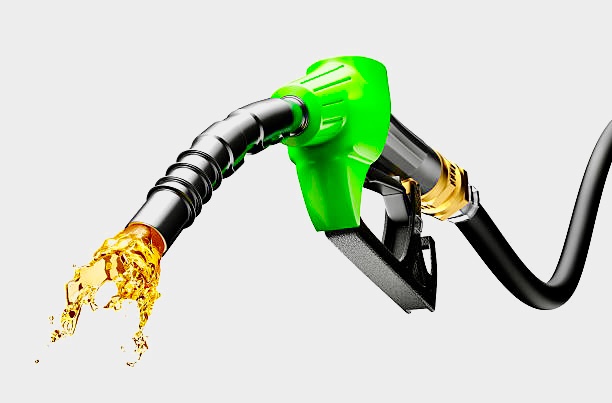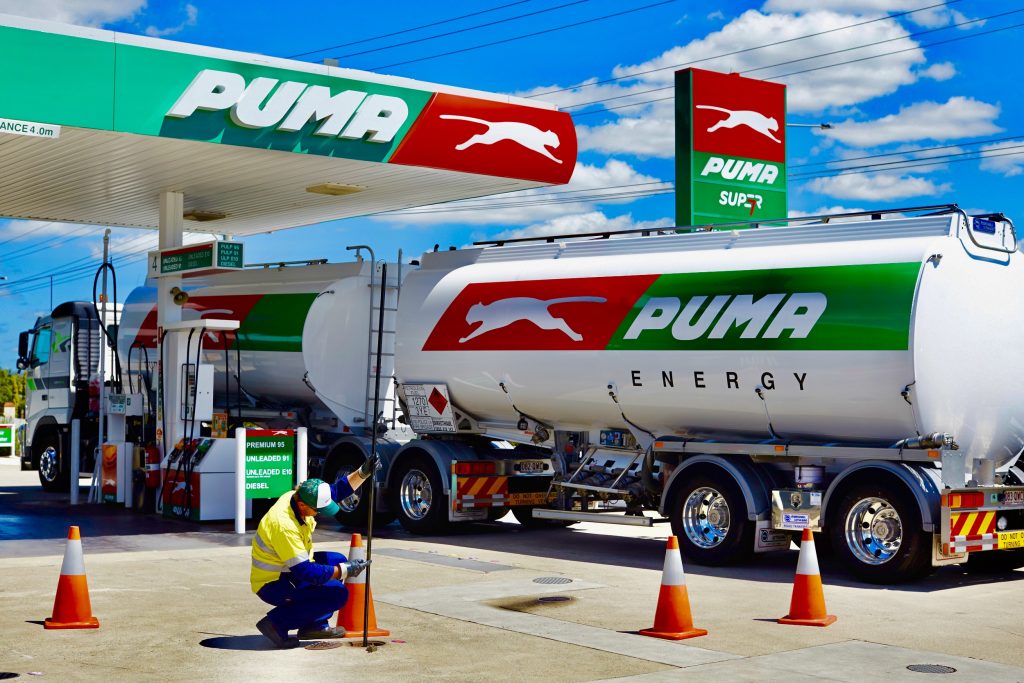The MinFin in Africa’s red metal hotspot Zambia, is rethinking the Southern African nations Production Possibility Curve (PPC) in more optimal usage of resources through scrapping off fuel subsidies. This, the fiscal head Dr. Situmbeko Musokotwane hinted at a post budget symposium in the capital Lusaka in the week beginning the November 01. Zambia has for 2 straight years, kept its petroleum pump prices tad through an ongoing subsidy spend of $21 million monthly (K360 million) despite crude price bulls on the international markets and currency bears in the domestic market, the two factors the energy regulator uses to determine cost plus pricing.
READ ALSO: Inflationary pressure alert as Zambia’s regulator hikes fuel 10%
HOW COVID, GEOPOLITICAL TENSIONS, OPEC+ DECISIONS AND CYBER ATTACKS SHAPED THE OIL CURVE
The crude market has seen a gyration of prices dithering on either side of bull and bears as the pandemic constricted demand sending oil into the negatives while medicinal breakthroughs in the vaccine faculty, revived demand through global economy reopening thereby giving a positive cue to pricing.

Fuel prices could be in the brink of hike following rising crude prices on the international markets.
Other factors driving crude prices include geopolitical tension in the middle east and isolated cyber attacks that hacked supply causing price hikes. OPEC+ member states have been pivotal at keeping prices high to support member states through controlling supply within quotas. International Ice Brent prices are currently at $83.41/bbl and NYMEX West Texas Intermediate (WTI) trades for $82.09/bbl. Even when crude prices slide to negative territory the Energy Regulation Board (ERB) were inelastic to this volatility to benefit the Zambian consumer.
COPPER CURRENCY LOSING STREAK WORSENED ODDS OF PUMP PRICE BEARS
Zambia’s currency the Kwacha has been on a steep losing streak having depreciated from K13 for a unit of dollar levels in December 2019 to K23 just before the August polls. Zambia effected a brace in energy price hikes on December 26 when the ERB Board Chairman Chairman Raymond Mpundu announced a hike on both electricity tariffs and petroleum pump prices.
READ ALSO: What fuel price arbitrage between Zambian (Nakonde) and Tanzanian (Tunduma) markets is signaling
The Kwacha has been battered by a confluence of factors to include increased asset sell off pressure in the wake of dwindling sentiment with widening fiscal fragilities, pandemic induced greater dollar demand and a feeble reserve level on the back of sharper foreign currency demand by the authorities for debt service purposes.

A PUMA service station in the copper producer. Fuel prices have been kept tad since December 26, 2019 as the Zambian government cushioned the consumer pricing with subsidies.
Despite all fundamentals pointing to a potential hike, the authorities withheld this stance for social reasons especially in the pandemic period to cushion business cost shocks. Other regulatory interventions was to scrapping VAT on petroleum products in the quest to further cushion hike pressure but did increase cost burden on corporates.
MUSOKOTWANE RETHINKS ZAMBIAS PRODUCTION POSSIBILITIES THROUGH FREEING RESOURCES
Faced with scarcity of resources in the labyrinth of a debt quagmire which the new dawn government inherited, the MinFin is considering scrapping fuel subsidies so as to allow for reallocation of resources towards much needed sectors. With a fixed budget line its is expected for Dr. Musokotwane to effect growth by allocating resources more effectively which could mean very tough conversations and stances on economic actors. Zambia is in talks with the Washington based lender the International Monetary Fund (IMF) for a fully funded program for which it remains optimistic on closure by November month end. IMF Managing Director Kristalina Georgieva, on the sidelines of the COP26 UN climate conference, was on record citing optimism on a financing arrangement with Zambia being one of the three countries that has sought debt restructuring under a G20 framework. A bailout package for the copper producer remains critical as it is a precursor to successful debt restructure.
It is likely that Zambia will effect pump price hikes, though the fashion with which the upward adjustment would implemented is still uncertain. Traditionally IMF programs are known to be anti subsidy for the purpose of reducing cost burden on government but championing more effective use of resources to other productive sectors of the economy.
A fuel price hike is cost push inflationary economically but at any growth cycle stage economic managers have to decide on whether to effect growth as priority while reigning in on inflation could come as an aftermath.
Most schools of thought have struggled to comprehend the rationale for the IMF stance and have misconstrued this for harsh conditions that worsen livelihoods. The Hakainde led government seek to recover the economic growth trajectory to 3.5% in 2022 and target an expansion of 10% in the next decade as fiscal fitness is fully restored.
The Kwacha Arbitrageur

